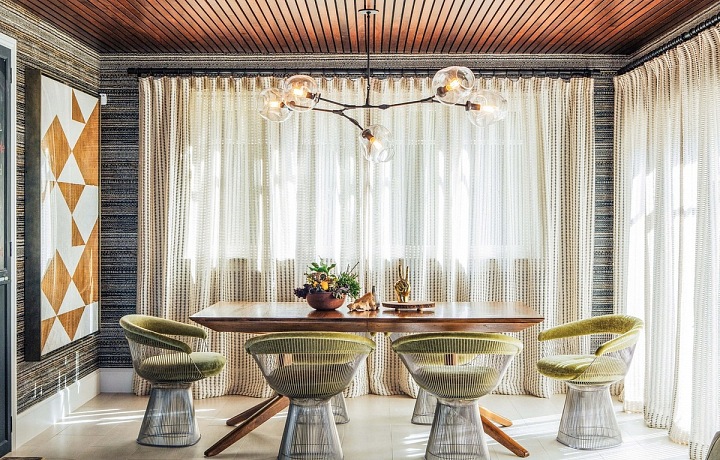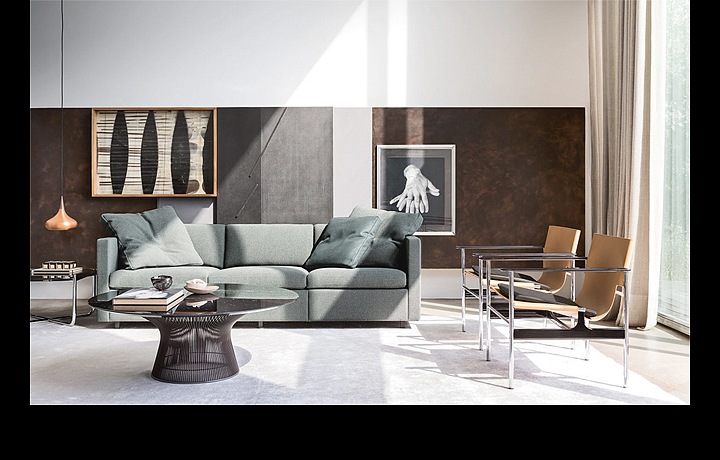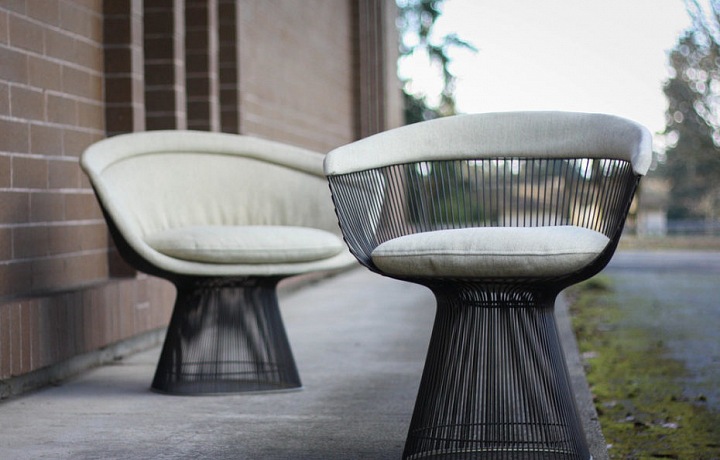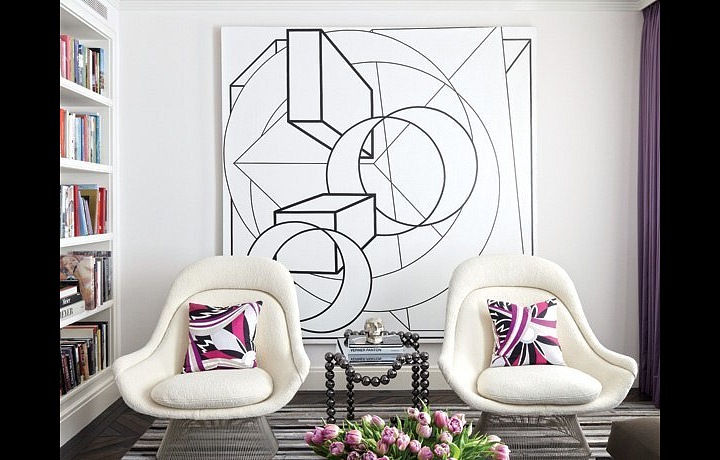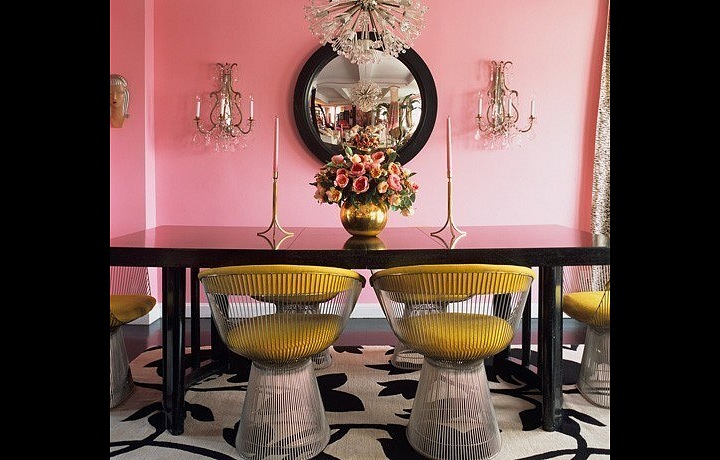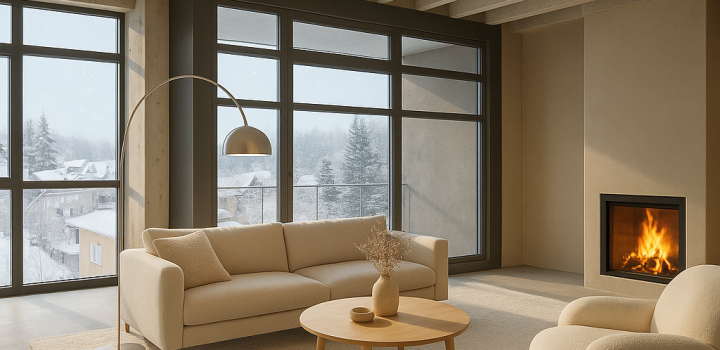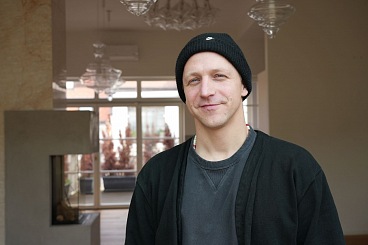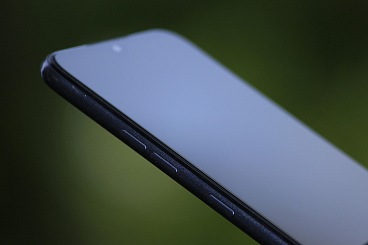Warren Platner as an Icon of 60´s Interior Design
Warren Platner started his artistic life as an architect of large American projects between 1945 and 1950, when he participated on the building of Raymond Loewy and IM Pei.
In the 1960s he founded his own company and the first designs of his famous chairs and tables saw the light of the day. The structure was complicated, consisting of hundreds of bars, some even needed thousands of welds. The steel base was thus something between an attractive architectural game and interior design. It was finished off by a leather seat cushion.
Definition of "classic”
Warren Platner came up with a unique definition of what is "classic". According to him it is a state of an item where no matter which angle you look at it no change may be made. It is luxurious and attractive as made. His firm worked on the principle that an architect may work on any task if he wishes to do so. The firm consisted only of specialists who made their work their life, too.
Plans of luxury interiors
For the firm Kevin Roche he created a flexible and efficient working space. He chose a pallet of pleasant colours to create an atmosphere full of warmth. The ergonomics worktops contained built-in phones.
One of the first "solar" projects was the plan of a showroom in New York for Georg Jensen, seller of Scandinavian furniture and lighting.
World Trade Center with Platner´s signature
Platner´s signature was also borne by the well-known restaurant in the World Trade Centre. His grand design envisaged the interior as a sea-faring ship. The main dining room was luxurious, terraced, with an intimate lighting and a sense of drama.
His creativity transpired also in plans of Water Tower Place interior, vertical shopping centre in Chicago, which opened in 1976. Platner was convinced that a design for a building should come from within:
"I try to imagine what would be the best atmosphere, the best character for a specific building".
He continued to be very active throughout his whole life. Always in motion and full of ideas. He left behind an indelible heritage of luxurious design courage. For his great contribution he was accepted into the hall of fame of the Interior Design magazine.


